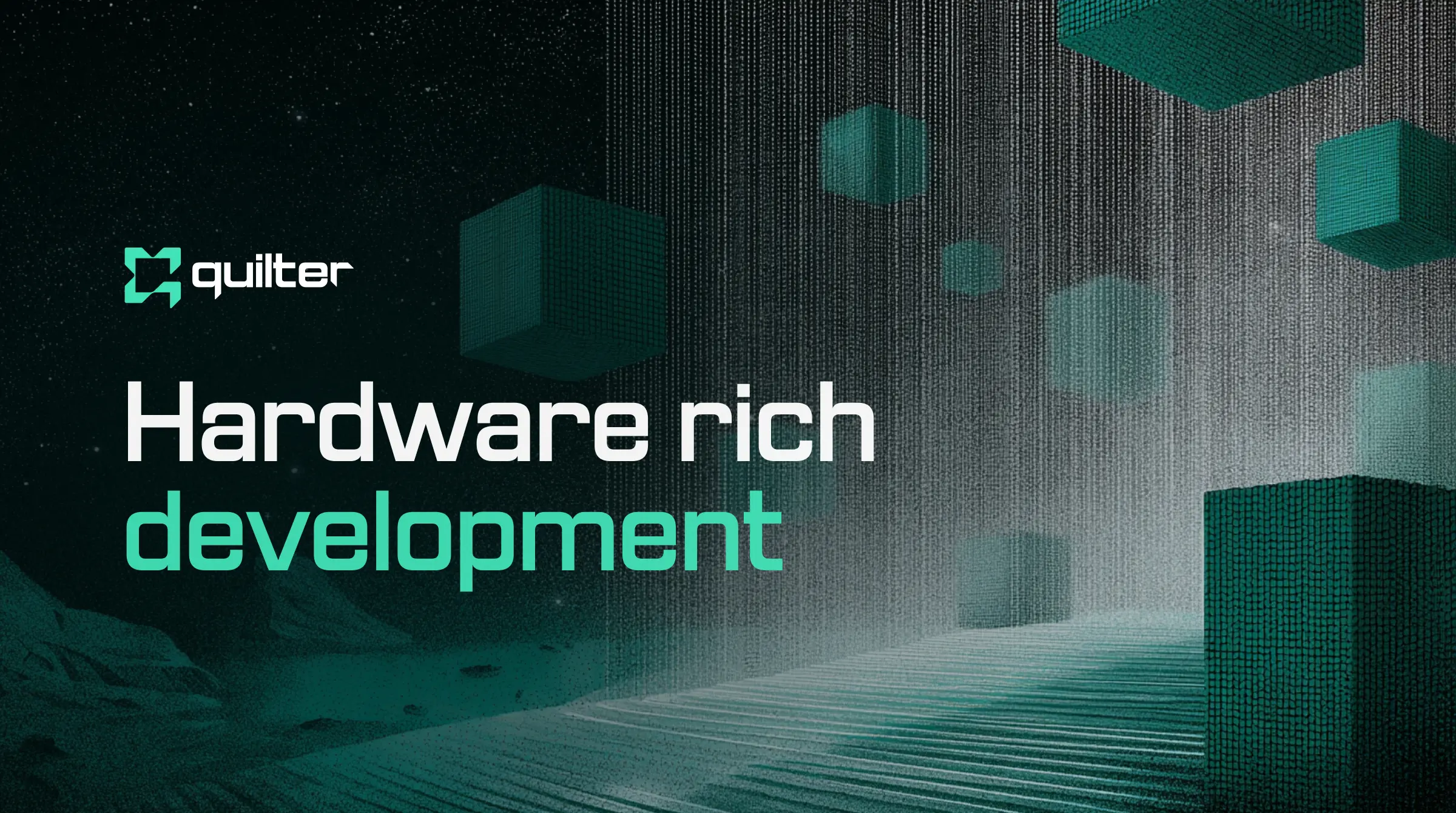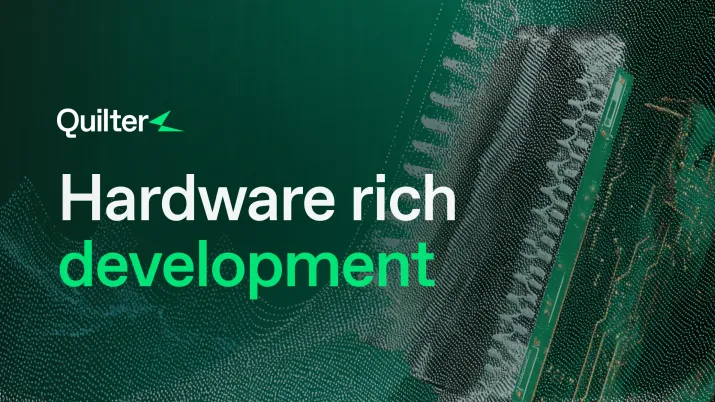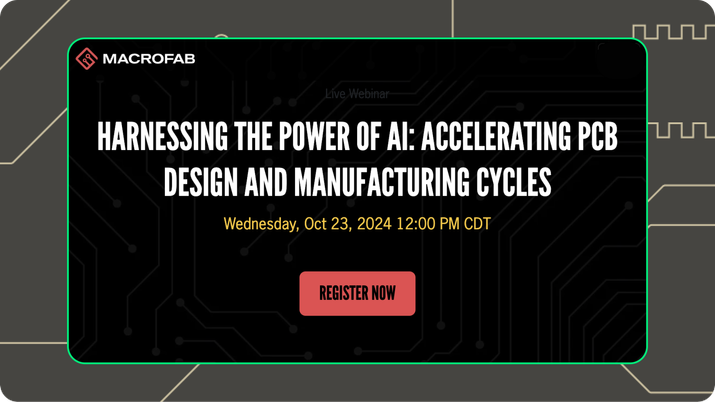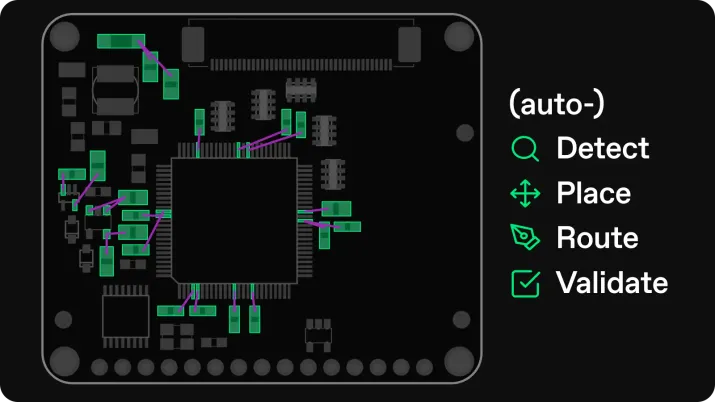Today we’re announcing Quilter’s $25M Series B to accelerate electronics design with physics-driven AI. The round is led by Index Ventures, with Nina Achadjian joining our Board. We’re fortunate to continue working with exceptional partners – from Benchmark Partner and Series A Lead Eric Vishria to hardware pioneer Lip-Bu Tan.
Just as the compiler made programming exponentially faster and more accessible, Quilter aims to remove the last manual barrier in electronics design – unlocking hardware innovation at the pace of software development.
The Problem
Every modern electronic product relies on a printed circuit board (PCB) - and every PCB is still designed largely by hand.
Engineers spend weeks to months manually placing components and routing thousands of traces in CAD tools. This slow and fragile process is the bottleneck that constrains most hardware development cycles.
Imagine software engineers writing machine code by hand instead of compiling from a higher level language. That’s where hardware is today:
As a result, hardware design is frustratingly slow and accessible to just a fraction of engineers – even when they know exactly what they want to build.
Physics Leads the Way
Automation in PCB design has remained both desirable and elusive for more than sixty years. The best attempts are auto-routers – tools bolted onto EDA software that try to “auto-complete” human work. Designers distrust them because they rarely finish the job and never respect physics.
We take a different approach: computers should learn to design PCBs from the first principles of physics, not from human heuristics. PCB layout is one of engineering’s purest puzzles, defined by electromagnetics, thermodynamics, and manufacturing constraints that computers are built to handle better than humans. No one solves Maxwell’s equations in their head.
Quilter generates millions of possible layouts, evaluates them for physical side effects, and learns from that signal to find better solutions. Because PCB design relies on geometry and physics rather than language, we’re building our own stack from the ground up – including low-level CAD kernels, high-fidelity physics engines, and reinforcement learning agents that design boards directly from physics evaluations.
.webp)
We’re designing a system intended to evolve from automation toward superhuman design capability – enabling boards with higher manufacturability, reliability, performance, and cost-efficiency.
The Proof Is In the Hardware
Today, our customers - across aerospace, automotive, consumer, and industrial manufacturing - are already using Quilter to accelerate programs and unblock their engineering teams. Boards that once took weeks to design can now be created in hours of setup and cleanup time. Teams can get working boards in hand faster – freeing engineers to focus on firmware, testing, and higher-value work.

What’s Next
Before compilers, software programming was reserved for a handful of experts. “Hello, world” took twenty lines of memory manipulation. Today, it’s just print("hello world"). Quilter aims to unlock the same transformation for hardware.
We are working hand-in-hand with customers to deploy Quilter into real manufacturing workflows: reach out here to get your proof of concept.
We are also hiring engineers and researchers who want to define a future where boards design themselves: reach out here to join us.
Media
- Forbes, Rashi Shrivastava: "This Former SpaceX Engineer Is Using AI To Design Circuit Boards"
















